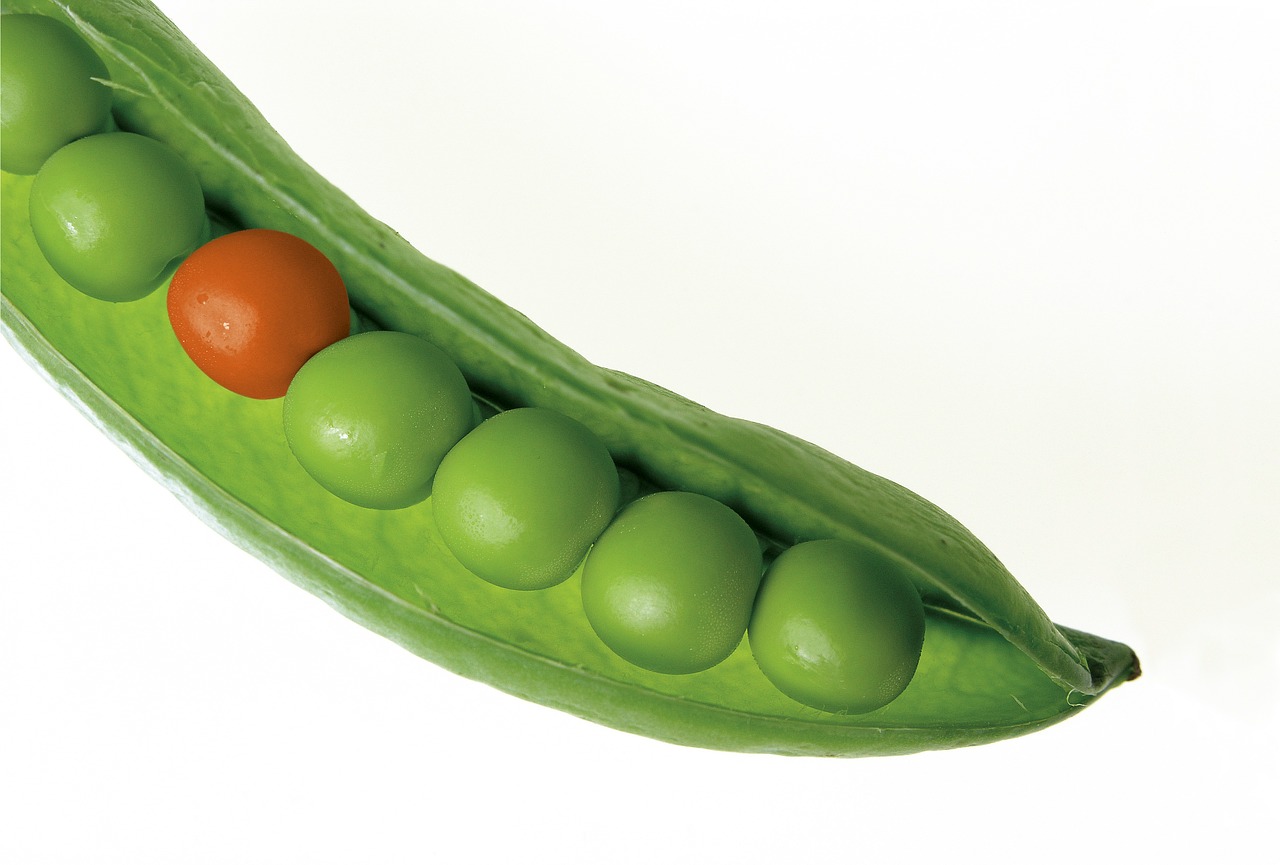Doing the reading for this module I’m left with more questions than answers. While the readings themselves were clear I am now questioning how we prepare teachers for the classroom. As beginning teachers, we took methods courses about how to teach different subjects and learned to read curriculum documents to figure out what to teach but until now the how and why curriculums are produced was hidden. Each of the different curriculum approaches leads to a bias in the final product that is implemented in our schools. As teachers we need to develop an understanding of the approaches to curriculum and the ones that are represented in the curriculums we teach so we understand why we are teaching what is laid out . ”A conception of curriculum implies a particular purpose of education with appropriate content and organization. Curriculum content originates from the same sources that give rise to the purposes of education-subject matter, needs of society and culture, and needs and interests of learners,” (Sowell, 2005) each of the five approaches addresses possible different purposes of education developing skills, being able to think critically, self-actualization, guiding socially conscious humans, or transmitting knowledge. After reading the articles in this module I’ve realized that while I have spent the last 10 years working with curriculum in my classroom, three of those working on a graduate level this is the first time how curriculum is created has been addressed. While I appreciate that it requires sophisticated understanding and is highly nuanced having even an overview of the process earlier in my own career would have been beneficial. When I look at the BC curriculum, I use day to day in my classroom and the foundation documents that have been released there are both academic and humanistic elements to it with a heavy emphasis on the humanistic elements.
I’m now wondering if teachers were given training about how curriculum is developed and the different theories behind it if we would be so quick to jump on the different trends that come through? If we were taught about the biases and perspectives how curriculum is written it would lead to more critical thinking on the part of teachers. While this is a more challenging exercise intellectually, I think that understanding the different curriculum perspectives allows us to be more critical when considering what we teach and the resources we choose to use or in some cases not use. How would the knowledge of the different perspectives or biases in curriculum development being common knowledge affect how and what we choose to teach in our classrooms?
“Our approach to curriculum reflects our perceptions, values, and knowledge,” (Ornstein & Hunkins, 2013) how we address curriculum is a direct reflection of the current values of a community. The changes that have occurred over time align with changes in global events and politics, education does not occur in a vacuum as teachers and curriculum writers reflect their own values and those of their communities. Our views of curriculum and the contents of our curriculums evolve to reflect what society views as the goal of education. Vallance discusses this in their 1986 article using the example of the social changes between the 1960s and 1980s.
“The teacher provides warmth and nurtures emotions while continuing to function as a resource and facilitator,” (McNeil, 2009) this quote captures much of what I try to do in my classroom day to day. Much of what I do aligns with the humanistic perspective of learning and curriculum, our goal at the end of our students 13 years of education is for them to be well rounded humans who can participate meaningfully in their communities and choose their own next steps. In BC we have core competencies that form the basis of our curriculum from kindergarten through grade twelve. The core competencies align with the humanistic views of curriculum as they move students forward as citizens and thinkers. How ever I believe in balance in all areas and see where the systematic model and having subject area specialities benefits learners. There needs to be structure in how we present skills to students. Thinking of my own favourite subject area it is not possible to teach a student about algebra if they can not count, add, subtract, multiply or divide, students can not calculate the volume of solids until they can calculate the area of 2D shapes and even more basic than that identify shapes.
References
McNeil, J. D. (2009). Humanistic Curriculum. In J. D. McNeil, Contemporary Curriculum in Thought and Action (pp. 3-26). Wiley.
Ornstein, A. C., & Hunkins, F. P. (2013). Curriculum Foundations, Principles and Issues. Boston: Pearson.
Sowell, E. J. (2005). Curriculum organization. In E. J. Sowell, Curriculum : an integrative introduction (pp. 37-51). Upper Saddle River, N.J. :: Pearson/Merrill/Prentice Hall.
Vallance, E. (1986). A second look at conflicting conceptions of curriculum. Theory Into Practice.


